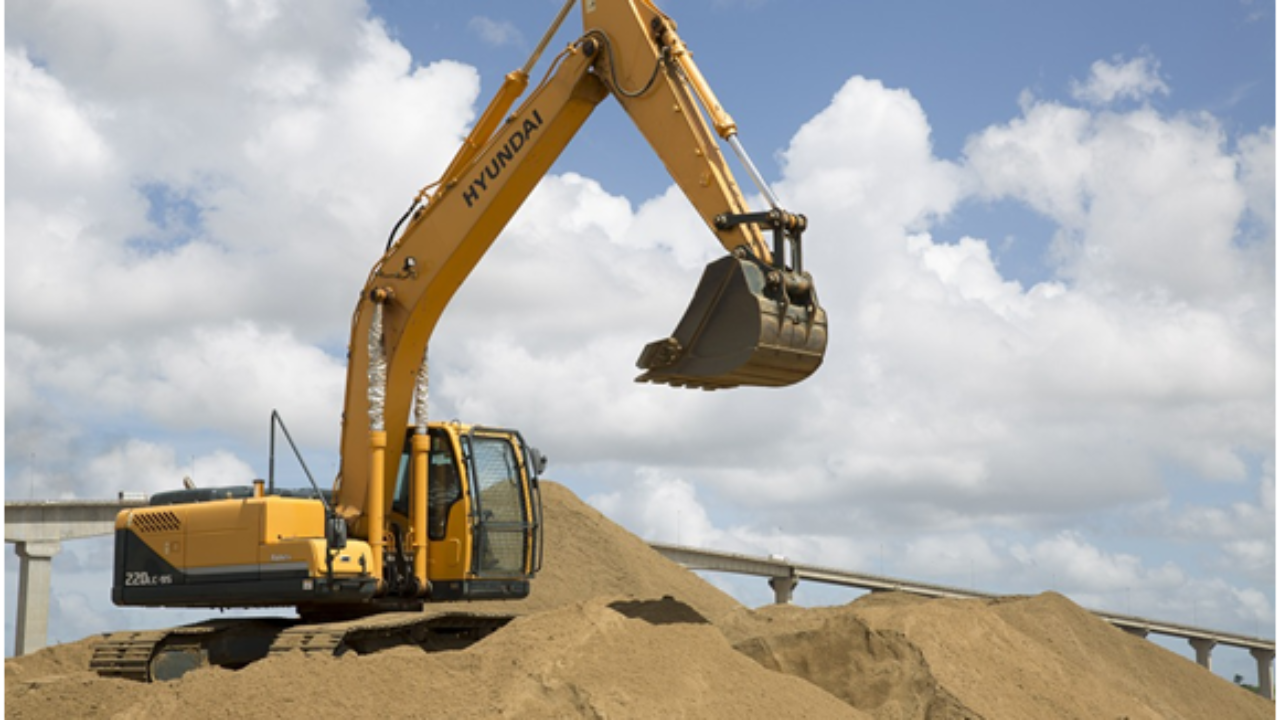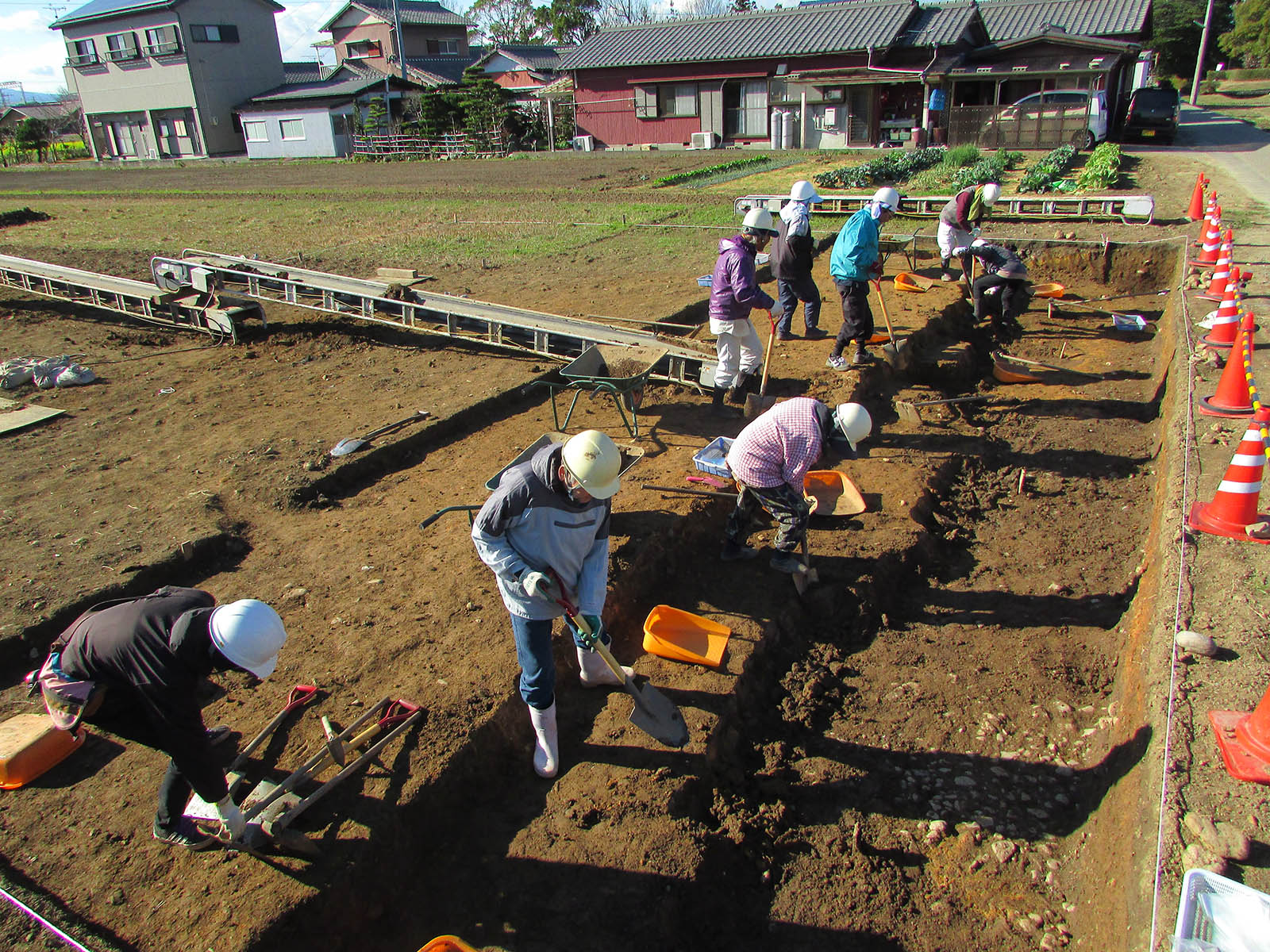Everything about Excavation Companies
Wiki Article
Excitement About Grading Contractors
Table of ContentsGet This Report about Mini ExcavatorSee This Report on Excavating ContractorsAll about Concrete ContractorsTrencher Fundamentals ExplainedIndicators on Excavation Companies You Should Know


Scrapers or Pans dig deep into dirt in one area, haul as well as discard the soil in another spot (general contractor). It is tough to match the performance of scrapes for cut/fill soil operation if the haul range is much less after that a mile. Scrapes are usually pulled by a rubber tire wheel tractor and also are sometimes pressed via the cut area by an excavator.
There are sometimes that scrapers are not used for site grading and a dump vehicle is utilized: the haul may be to long, the haul may go across roads where scrapes are not allowed, acid rock might be come across, tools schedule, etc. Dispose trucks remain in usual usage as well as most likely require little conversation.
"Rock body" beds, on the other hand, have no tailgates and can dump any kind of size rock, although their volume ability is lessened. Compaction Devices increases the thickness of the soil and also in some instances supplies a smooth, rolled surface area.
The Single Strategy To Use For Excavating Contractors
From an easy test pit to percussion drilling to core drilling the proprietor has increasingly more expensive alternatives that generate significantly much better information regarding the site underground. As an example, the Proprietor on a 100,000 SF structure project might license twenty uninteresting places with split spoon soil examples taken up until rock is gotten to and afterwards core examples of rock.Recognizing the kind and top quality of rock (from the core examples) and area of rock (from the soils boring) is a real benefit in jobsite planning. Conversely, the Proprietor of a 100,000 SF building might choose to wage no geotechnical testing whatsoever. The choice regarding geotechnical testing is normally made by an Owner without any input from the Building Manager.
The section on Dirts as well as Geology helps you recognize the terms in the geotechnical report. An expertise of the approximate place of the rock aids the Building Supervisor to prepare the sequence of steps adhering to rock excavation. If rock is in one edge of a large structure task, for example, the planet excavation could start at the contrary end of the building in order to begin structure work soonest.
Starting the foundation work early would be a great concept if the rock could be removed by tearing. Nonetheless, if the rock is incredibly tough and also requires substantial blasting, it might be sensible to hold structure work until the blasting is completed. The Construction Supervisor must work with these kinds of decisions and utilize all the technological day available.
What Does Excavation Contractors Near Me Mean?
Unidentified excavation states that all rock or various other unforeseen products (omitting harmful materials) come across in the sitework will be the obligation of the Contractor at no modification in agreement cost. An unidentified excavation is simpler from a book-keeping point ofview and positions the responsibility for geotechnical problems onto the Sitework Service provider.How Water Impacts Sitework? It's remarkable what a hefty rainfall can do to a construction project. Prior to the rain, the website might be completely dry, heavy devices successfully relocating planet, the other trades smoothly executing their job. Within hrs the project can be a sloppy, mud-hole with worker effectiveness reduced to concerning 10%.
In many locations of the world, the Building and construction Manager have to bear in mind a straightforward reality: IT WILL RAINFALL. Excellent preparation can lessen the damage and disruption of a useful link heavy rain to a jobsite. Often the excavation as well as grading is delegated the Sitework Service Provider (and also their Foremen is liable to supervise and also route the hefty devices and operators).
Therefore the Construction Manager have to be continually familiar with what rain will do to the project website. It is not unusual for the Sitework Foreman to function their heavy equipment for optimal performance as well as hope it does not rain. Among the very best methods to plan for rainfall is to slope all qualities to drain and also to smooth rolled the surface area prior to a rainfall.
Some Of Excavating Contractors
The Construction Supervisor must be well-balanced sufficient to insure that heavy rain does not quit working on the task longer than necessary. Daily conversations with Sitework Foremen might be needed to excavating near me accomplish this goal. Any time excavation is required below the existing groundwater level on a project, the process of dewatering should be considered.In an absolutely cohesive dirt, the water takes a trip so gradually through the clay or silt that dewatering is not typically necessary for the reasonably brief time of excavation. Dewatering may be required for a solitary ground excavation or for an entire task website. The most common dewatering approaches are trench drains pipes, deep wells as well as well points.

Ground water seepage can additionally be decreased by cutoff techniques such as sheet loading. High dewatering expenses have actually paled the revenue margins on far as well several projects.
This alternative ought to constantly be considered when assessing the prospect of dewatering. Undoubtedly the option is only sensible if gravity can run the water to lower ground. Trench drains pipes can be cut with a backhoe as well as filled with a rugged, granular product (# 4 stone as an example), yet treatment should be worked out in picking the water outlet type and place.
The 9-Second Trick For Trencher
A siphon, necessarily, makes use of climatic stress to bring water from one elevation, up over a barrier, to a lower altitude. The pipes in a siphon system must be impermeable as well as some resourcefulness is often called for to totally load the siphon pipeline. The siphon pipeline should be complete for the siphon to begin.A deep well includes a pump, check out this site hose pipe and also a vertical well casing. The pump intake is at the bottom of the well casing (generally some crushed rock is put there as a filter tool) (concrete contractors). The water is inflated the tube, out of the well covering, and to an appropriate discharge area.
In a coarse sand, for example, a big location can be pumped to near the pump consumption elevation. A less absorptive dirt, on the other hand, decreases the performance of a deep well. Because the pump is usually at the bottom of the deep well, there are no height restrictions as a result of vacuum lift, and deep wells can reduce the groundwater over 50 feet.
On the base of the wellpoint there is a 2 foot long display and valve, water jets out of this valve as well as develops an opening into which the wellpoint pipe can be lowered. This hole is usually made a larger diameter (as an example 10 inches) to permit a rugged sand backfill to aid filter the water (concrete contractors).
Report this wiki page